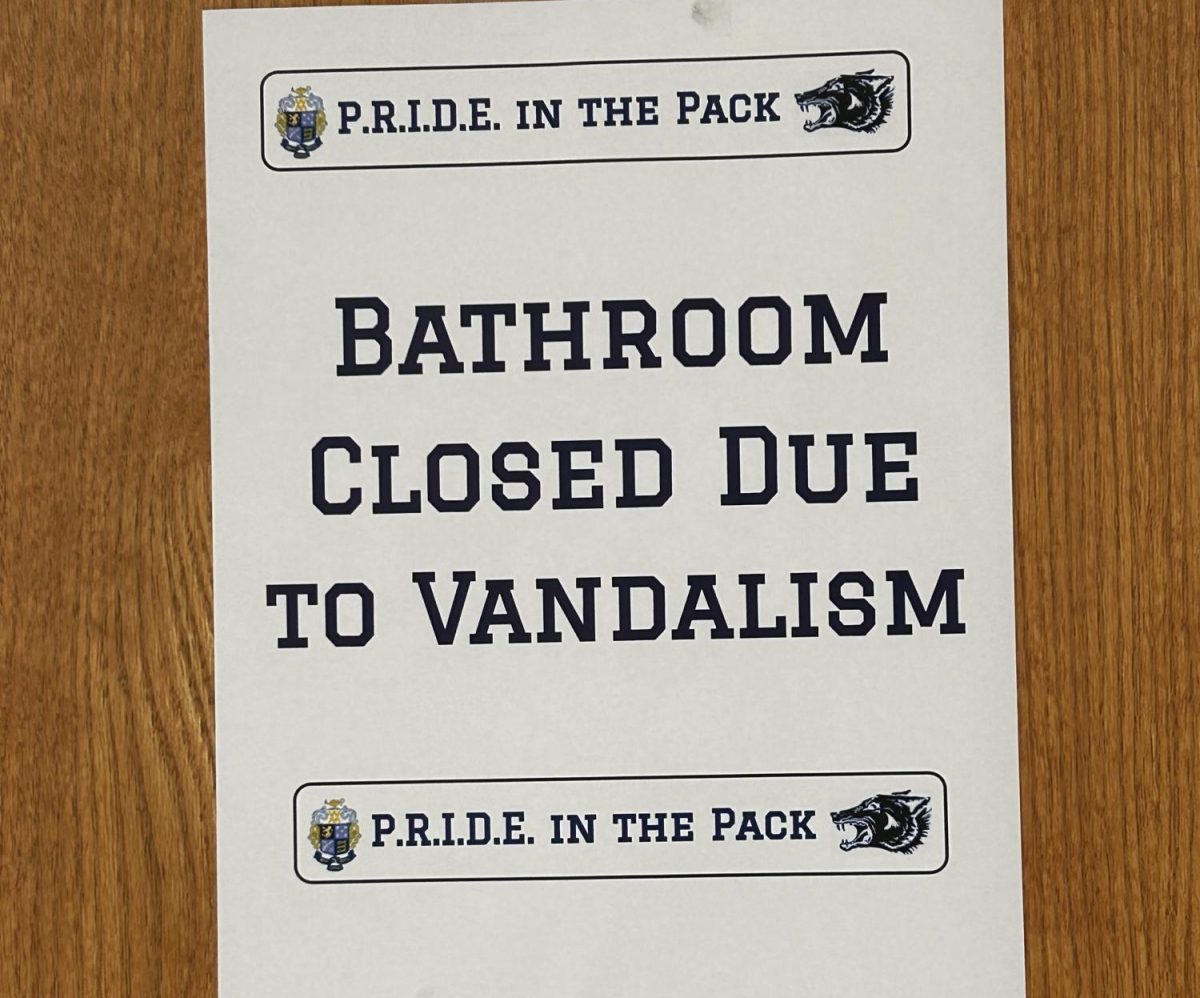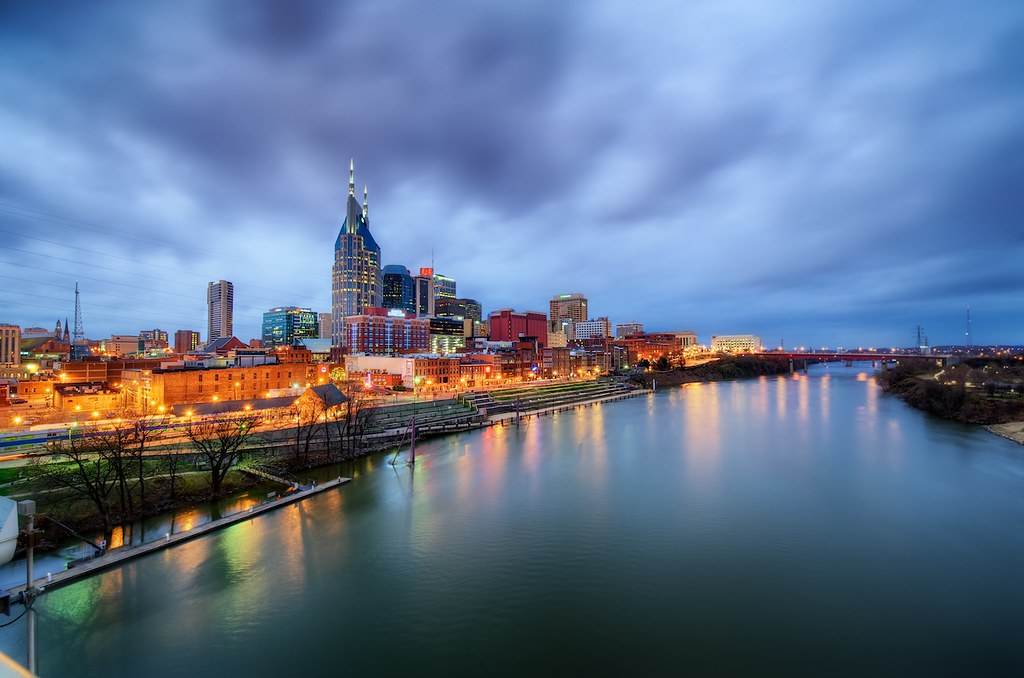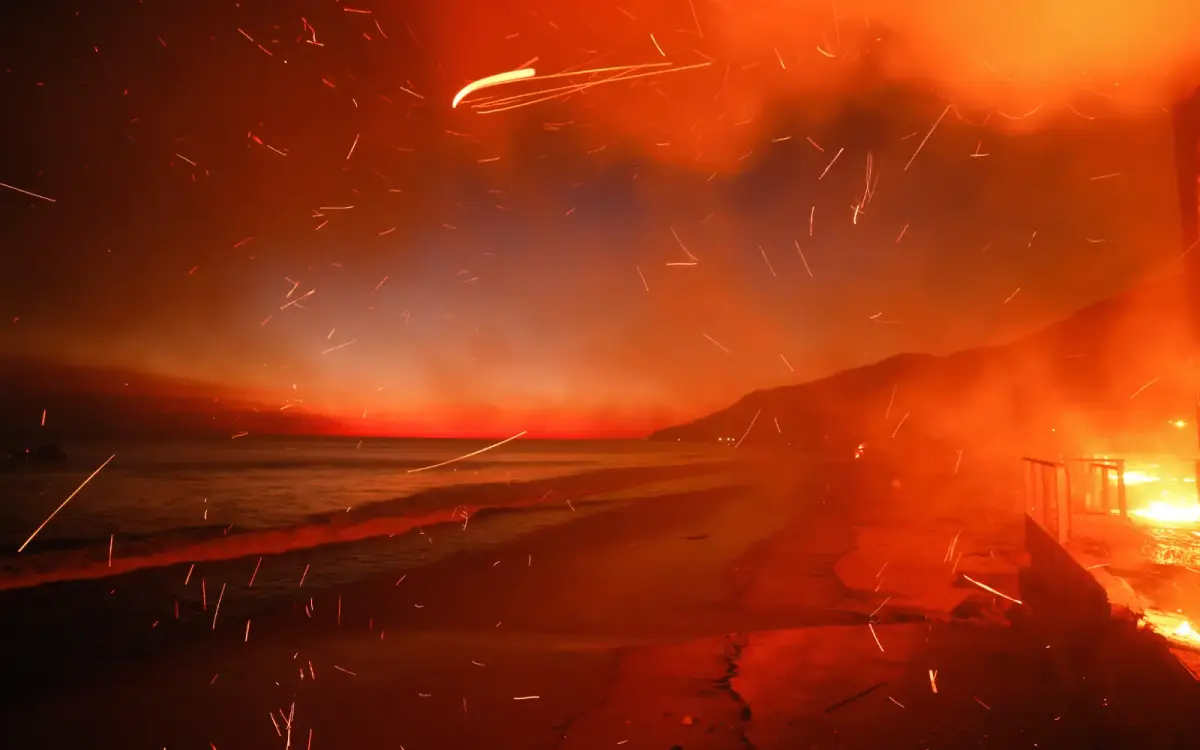As of Tuesday, February 11, 2025, the California Department of Forestry and Fire Protection (CAL FIRE) declares a total of 51,818 emergency responses, 359 wildfires, 57,660 acres burned, 29 fatalities, and 16,248 structures destroyed since a series of ferocious wildfires erupted the first week of January across Los Angeles, California. Los Angeles County medical examiners discovered at least 17 of those deaths were reported in the Eaton fire and 12 in the Palisades Fire.
Fortunately, the historic blazes that scorched the U.S. city came to an end. On February 1, 2025, CAL Fire announced that the Eaton and Palisades wildfires had been fully contained after weeks of destruction. However, a fire being contained does not necessarily mean that it has been extinguished, but rather that the flames have been fully encircled and the spread of the fire has been effectively stopped. Additional fires that broke out in the Los Angeles area including the Lidia, Archer, Woodley, Sunset, Kenneth, Hurst, and Auto, have also been 100% contained and no longer active, according to Cal Fire. The Hughes fire began near Castaic Lake in northern Los Angeles County has also been fully contained.
The official cause of the fires has not been fully determined but the county officials are continuing to investigate the matter. An environmental science teacher at WMC, Mr. Kling says, “…that part of the country has always had wildfires, going back thousands of years. So, it’s part of the natural cycle in California. When you have biomass combined with dry weather, a lightning strike can start a fire, and it just burns.” Along with that, the combination of drought-like conditions and strong winds caused the fires to spiral out of control. According to both Kling and the European Centre for Medium-Range Weather Forecasts (ECMWF), going back in time is essential for understanding how and why the wildfires erupted this year.
Spring of 2023 was the start of an unusually wet period that lasted until late summer of 2024, resulting in rapid vegetation growth. This wet period was followed by a dry autumn and early winter period in 2024. This alternating pattern of wet and dry conditions led to an abundance of highly flammable and dry vegetation in Southern California that gradually spread to multiple areas.
Unfortunately, these wildfires will be detrimental to climate change, the ecosystem, and the environment. A biology teacher at WMC, Mrs. Gizas, says, “…as they’re burning, they’re releasing all this carbon dioxide into the atmosphere which is disrupting the carbon cycle of our planet and that nutrient cycle where it’s supposed to be going from living to nonliving things. It mostly ends up in the atmosphere and that heavy layer of carbon dioxide then traps the sunlight in the earth. And so the earth starts warming up and when the Earth warms up then that disrupts the water cycle.” Therefore, it is a continuous loop. Air, water, and soil quality decrease followed by a loss of habitat and vegetation. According to Mrs. Gizas, fires are good for forest renewal burning down the old stuff and allowing for younger and healthier plants to grow in the ecosystem. However, excessive amounts of fire burn down are old-growth forests, resulting in a handful of wildlife losing their ways of survival.
The 2025 California wildfires have yet again tested the strength and resilience of communities across the state. It is important that humans maintain the planet they were provided with. While the damage is undeniable and devastating, the response has shown the inspiring strength and unity of those affected.
































